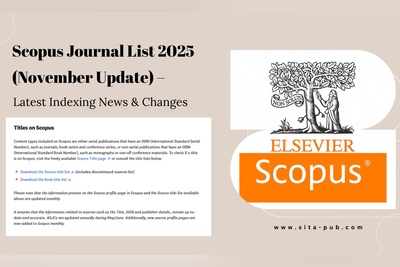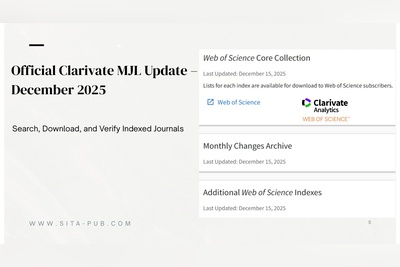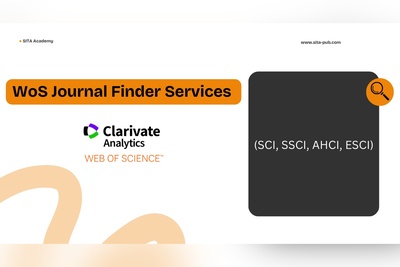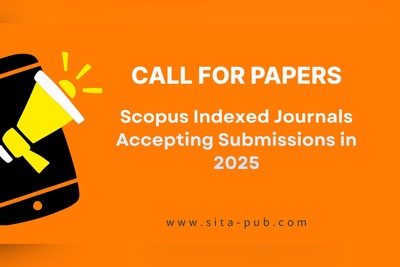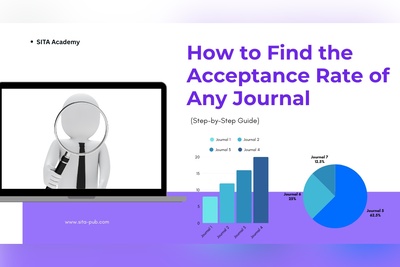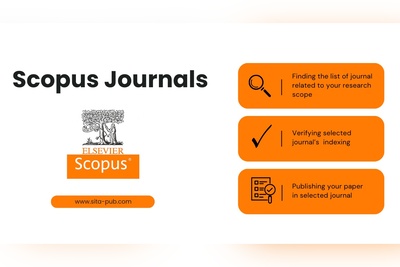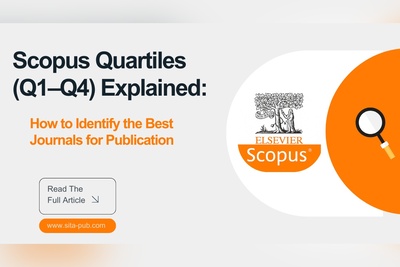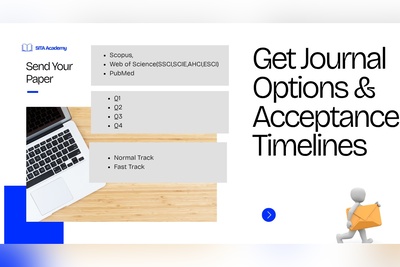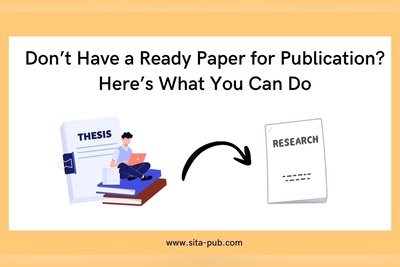Faculty Journal Selection: Tips for Professors Aiming for Promotion
Looking to publish your research for academic promotion? Discover how to choose the right journal based on indexing, impact, authorship, APC, and timelines—plus expert tips for faculty in Saudi Arabia, UAE, Malaysia, and beyond.

In many countries, publishing research is a key requirement for academic promotion. It’s no longer enough to focus only on teaching or years of service—research output in reputable journals plays a central role in moving up the academic ladder.
Countries such as:
Saudi Arabia
United Arab Emirates
Iraq
Malaysia
Turkey
As well as countries like Germany, Australia, and Canada
...require faculty members to publish in internationally recognized journals indexed in platforms like Scopus, Web of Science, or PubMed.
This applies to:
Professors
Associate Professors
Lecturers
Teaching Assistants
Research Faculty
For those aiming to build a strong academic profile or qualify for promotions, selecting the right journal isn’t just about getting published—it’s about meeting institutional standards and advancing your career.
In this article, you’ll learn how to choose the most suitable journal based on indexing, impact, publication timeline, authorship requirements, and more.
Which Faculty Members Need to Publish for Promotion?
Faculty across various disciplines—including sciences, engineering, social sciences, and humanities—are typically required to publish research papers for career progression. The exact requirements vary depending on the institution, faculty rank, and country. However, most universities worldwide require:

Assistant professors aiming for tenure or promotion to associate professor.
Associate professors applying for promotion to full professor.
Researchers applying for sabbatical leave, grants, or institutional awards.
Lecturers and assistant lecturers seeking advancement in academic positions.
Teaching assistants and adjunct faculty looking to secure permanent roles or move up the academic ladder.
While some junior positions like teaching assistants may not require immediate publication, engaging in research and starting publication early is strongly encouraged for long-term career success.
How Many Papers Are Required for Promotion?

While the exact number varies by institution and discipline, common expectations include:
Assistant to Associate Professor: 2 to 4 high-quality publications.
Associate to Full Professor: 3 to 6 or more impactful publications.
Promotion Committees often prioritize quality over quantity. Therefore, publishing in high-impact or indexed journals is generally more valued than numerous papers in low-impact journals.
Additional notes:
For lecturers and assistant lecturers, 1 to 2 solid papers in indexed journals may be required to move to the next level.
Collaborative publications are often accepted if the faculty member has a major authorship role.
Always check the latest promotion regulations of your university for specific criteria.
Journal Selection Tips for Faculty Members
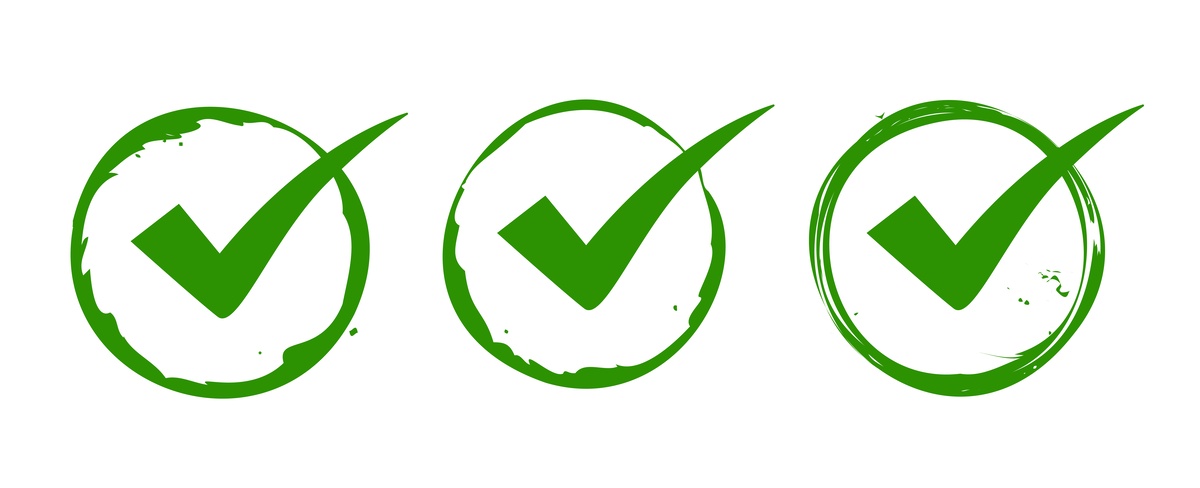
1. Check Required Indexing and Journal Quality
Most universities mandate that faculty publish in journals indexed in recognized databases. Common indexing platforms and metrics include:
Scopus
Web of Science (WoS)
PubMed (for medical and health sciences)
Impact Metrics to Consider:
Impact Factor (IF) – used in Web of Science journals
CiteScore – used in Scopus-indexed journals
Quartile Ranking (Q1, Q2, Q3, Q4) – reflects the journal's impact within its field
Some universities specify:
Only Q1 and Q2 journals are acceptable.
Minimum CiteScore (e.g., 2.0 or above).
Only SCIE, SSCI journals are recognized for promotion.
2. Consider Journal Timeline and Deadlines
Universities often set deadlines for when your promotion file must be submitted. As a result, journal selection must account for:
Review time: How long does the peer review process take?
Time to publication: Does the journal offer early online publication?
Submission-to-acceptance time: Check the journal’s average timeline, often available on its website or editorial policies.
Delays in publication may affect your eligibility for promotion in a given cycle.
3. Assess Article Processing Charges (APC)
Open access journals often charge publication fees. Consider the following:
APC costs: Can range from $100 to over $3,000.
Funding sources: Some universities provide APC funding for faculty.
Institutional support: Check if your university has agreements with publishers.
If budget is a concern, look for:
No-fee open access journals
Hybrid journals with optional APC
Subscription-based journals that don’t charge authors
4. Ensure Proper Authorship Order
Most promotion rules specify authorship conditions:
The faculty member must be the first author, corresponding author, or both.
Contributions must be significant and clearly indicated.
Some universities only accept publications where the applicant is:
First author
Sole author
Corresponding author with proof (email from journal)
5. Verify Journal Acceptance by the University
Before submission, confirm that your chosen journal:
Is included in the university's approved journal list.
Matches the required field or discipline.
Is not blacklisted or under evaluation for predatory behavior.
Check with:
Your department head or promotion committee.
The university's research or graduate studies office.
What If You Have Multiple Journal Options?
Choosing among journals indexed in PubMed, Scopus, or Web of Science can be challenging. Here’s how to decide:
Criteria | PubMed | Scopus | WoS (SCIE/SSCI/ESCI/AHCI) |
Field Suitability | Biomedical | Multidisciplinary | All fields |
Timeline | Moderate | Fast/Moderate | Slow to Moderate |
APC | Varies | Varies | High for SCIE/SSCI |
Prestige | Medium to High | High (Q1/Q2) | Very High |
Accepted for Promo? | Yes (if indexed) | Yes (Q1/Q2 best) | SCIE/SSCI often required |
Impact Factor? | No | No | Yes (IF available) |
Pro Tip: Choose the journal that best balances:
Your timeline (how soon you need acceptance).
Your budget (if APC is a concern).
Your paper's quality and scope.
Your institution's promotion policy.
Checklist for Journal Selection for Promotion
Is the journal indexed in Scopus, WoS, or PubMed?
Does it meet the required quartile or impact factor?
Is the journal listed in the university-approved list?
Can you afford the APC, or is it waived?
Will your authorship position (first/corresponding) be accepted?
Does the timeline suit your promotion schedule?
Is the scope of the journal a good match for your paper?
Is the journal reputable and not considered predatory?
Have you reviewed submission requirements carefully?
Does the journal offer early online publication?
Is an Acceptance Letter Enough for Promotion?
In many universities, an official acceptance letter from the journal is sufficient for initial promotion file submission—especially when the publication process is still ongoing. However, some institutions require the final published article or a DOI link to verify that the paper has been officially released. Policies vary by country and institution, so it's essential to confirm with your university’s promotion committee. To be safe, always retain the acceptance email or letter, and if possible, provide a proof of "online first" publication or preprint link if allowed by the journal.
Collaborative Publications: Do They Count?
Yes — collaborative and multi-author papers can count toward your promotion, but certain conditions must be met:
You should be the first author, corresponding author, or have a clearly significant role (e.g., senior author).
Your name and institutional affiliation must be clearly listed in the publication.
Some universities give partial credit for co-authored works or limit how many can be counted.
Always document your contribution to the paper.
Check with your university’s promotion guidelines to confirm eligibility.
In short, co-authored work does qualify, but your individual role must be well-documented and substantial.
Final Thoughts
Choosing the right journal is not just about publishing—it's about aligning your work with institutional requirements, timelines, and goals. For faculty aiming for promotion, strategic journal selection is crucial to ensuring your work is recognized, respected, and rewarded.
Before submission, take time to:
Compare indexing and impact metrics.
Review authorship requirements.
Understand your university's specific criteria.
Balance your goals with realistic timelines and costs.
Start early: If you're a lecturer or teaching assistant, beginning your publishing journey now will give you an edge when you later apply for promotion.
Be informed: The more you know about journal quality, APCs, and acceptance timelines, the better your publishing strategy will be.
Stay ethical: Avoid predatory journals. Publishing in low-quality outlets can harm your reputation and be rejected by your institution.
By following these guidelines, faculty members at all stages—whether early-career or senior—can navigate the journal selection process with confidence and make informed choices that support their academic advancement.
Ready to Publish Your Promotion Research?
Do you need to publish your research in an international journal for academic promotion?
SITA Academy offers personalized support for faculty members looking to publish in Scopus, Web of Science, and other reputable journals. We've successfully helped researchers from around the world get their papers accepted.
Send us your research paper, and we’ll provide you with a tailored list of suitable journals that match your field and offer high acceptance rates and reasonable publication timelines.
Verified Contact Channels
If you have any questions, inquiries, or would like to learn more about our services, please don't hesitate to reach out to us. Our dedicated team is ready to assist you.





